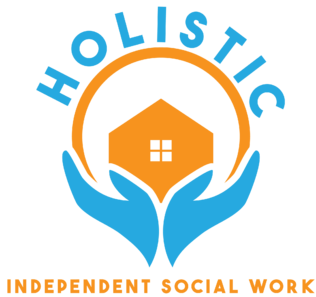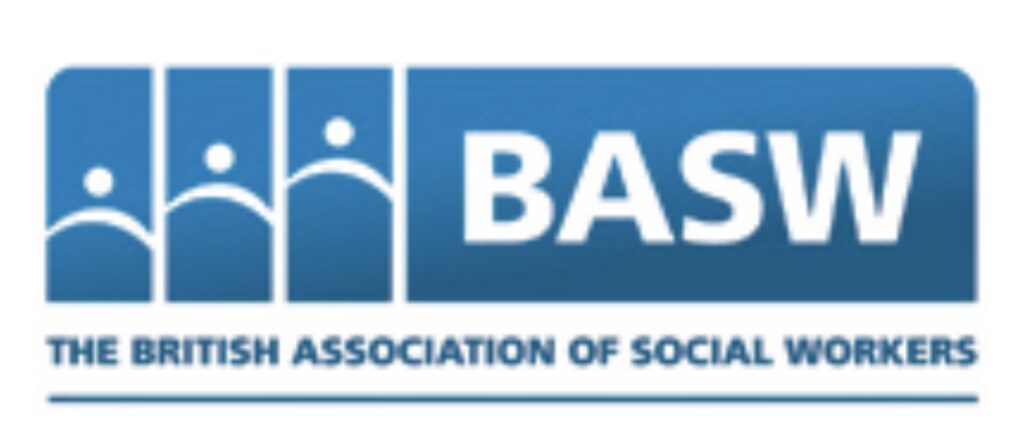Domestic abuse has remained at the forefront of social work as it relates to an aspect of child protection. Coercive control has come to the fore in connection to Parental Alienation where they are linked to domestic abuse with coercive control seen as part and parcel of this abuse where the victim is said to be ‘humiliated, intimidated, harmed, punished or frightened’ by the abuser.
This behaviour is reported to be used as a tool by the abuser to cower the victim and force them to submit to the whims of the abuser. This control is designed to exploit the victim and makes them feel dependent on the abuser who isolates them from their friends and family and deprives them of their independence, thereby regulating their behaviour in order to make them fully dependent on said abuser.
The children who are witness to and exposed to such issues are deemed to be in an abusive situation and coercive control is now a criminal offence and as such, this development is said to now have a marked improvement in tackling domestic abuse.
Whilst the concern around domestic abuse is well known as it relates to child protection and positive outcomes for families involved with social care, the use of available domestic violence tools can identify coercive control. If coercive behaviours are identified in the completion of those tools (such as the alleged victim being isolated from friends /family, the alleged abuser monitoring the victims time, activities and movements where this abuser is seen to have control over most aspects of the victims day to day life or the victim being denigrated, humiliated and dehumanised by the abuser who makes threats or intimidates the victim) this will be reported to the appropriate authorities to ensure the safety of the victim.
It becomes clear that given the prolonged and systematic breaking down of the victim’s self-esteem and self-worth by the abuser, this has a detrimental impact on their ability to not only ensure their own safety but also that of their child/ren. As such these children are caught in the middle and they learn to self sooth and self-protect which can mean they take on some of the traits and characteristics of the abuser. This is clearly abuse of the children and coercive control is now a criminal offence.
There have been various studies undertaken over some years now where the statistics show on average nearly 18,000 offences of coercive control being recorded in just one year by law enforcement and records continue to be taken annually.
As this aspect of domestic abuse becomes more widely known and tackled, it is important that social work practitioners remain current and aware of developing data, issues and support around coercive control especially as it impacts the safety and well-being of children.
Coercive control is seen as part and parcel of parental alienation and as such the hard far-reaching impact for the children and adolescents who are caught up in such familial discord and conflict as it is shown they are likely to suffer from mental health problems as a direct result of being subjected to such behaviours.
As part of ongoing learning for social workers and other professionals, it is important to look at various aspects of abuse within the families with whom they work and for them to look at good practice and areas for development which supports their ongoing learning. It is important that as social workers and other professionals, they continue to challenge their beliefs and gender stereotypes especially in relation to victim / perpetrator as these are fluid.

